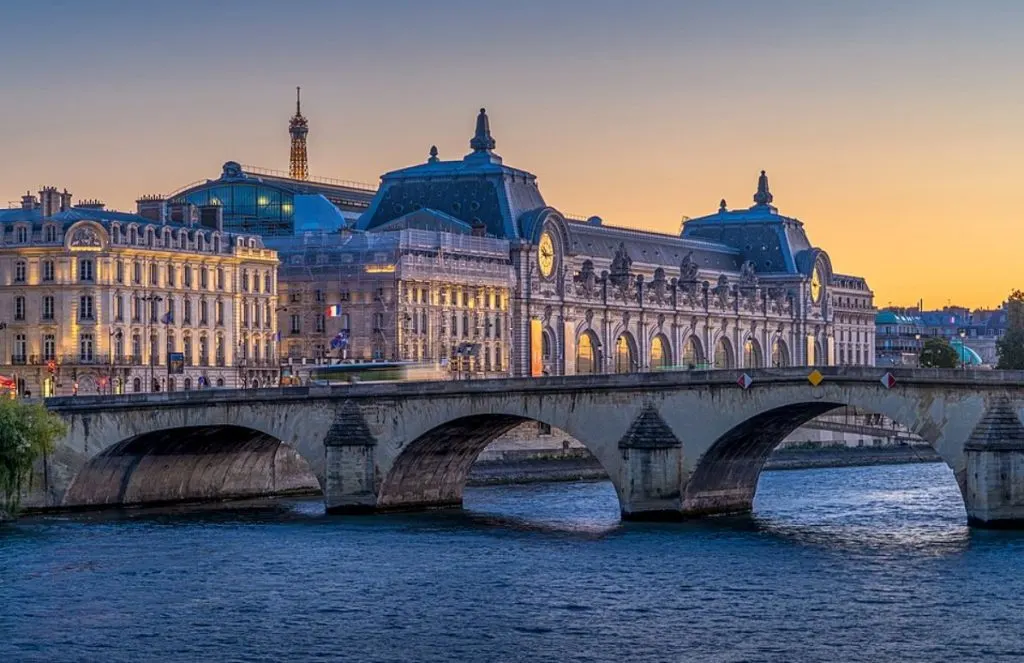Two nude females, one taking a bath, accompanied by two well-dressed men in a forest.
It’s not a big surprise that this remarkable painting by French artist Édouard Manet (1832-1883) sparked some controversy when it was first exhibited in the 1860s.
The mixed reaction to the painting by the Impressionist artist didn’t stop in the following decades as well. Regardless of this, it became a pivotal work in the history of art in the 19th century.
Below, you’ll find some of the most interesting facts about The Luncheon on the Grass by Édouard Manet, one of the most iconic Impressionist paintings ever created.
1. The painting was completed in the early 1860s
The Luncheon on the Grass or “Le Déjeuner sur l’Herbe” is arguably the most famous painting in the oeuvre of Édouard Manet.
He had studied the paintings of the Old Masters at the Louvre Museum and received a formal academic art education between 1850 and 1856.
He opened up his studio shortly after he completed his training and was heavily influenced by the paintings of Gustave Courbet (1819-1877). Courbet rejected painting anything else than what he could observe.
His Realism paintings laid the foundation for the artistic style of Manet who integrated loose brushstrokes into his works. This made him a pivotal figure in the transition between Realism and Impressionism.
Manet completed this painting between 1862 and 1863, a period in which he already established himself as an emerging artist of significance.

2. Manet’s masterpiece originally had another title

Although the title is referred to as “The Luncheon on the Grass” today, the original title of the painting was “Le Bain” or “The Bath.”
You don’t even notice at first because the main focus of the painting is on the three figures in the foreground, but a woman is taking a bath in the background.
The fact that the nude woman in the foreground is brightly lit and accompanied by two finely dressed men also takes away the attention from the woman washing in the forest.

3. Little is known about the artist’s motives to paint this work
The scene looks rather absurd. There’s little reason for a nude woman to be having lunch in a dense forest with two dressed men while another nude woman takes a bath.
The mystery of the subject matter also applies to several other elements. We don’t know when exactly started working on this painting and what inspired him.
We also don’t know whether or not he produced preparatory studies for this huge work of art.
A cloud of mystery hangs above Manet’s masterpiece, and that’s one of the many reasons why this painting has received so much attention since it was completed.
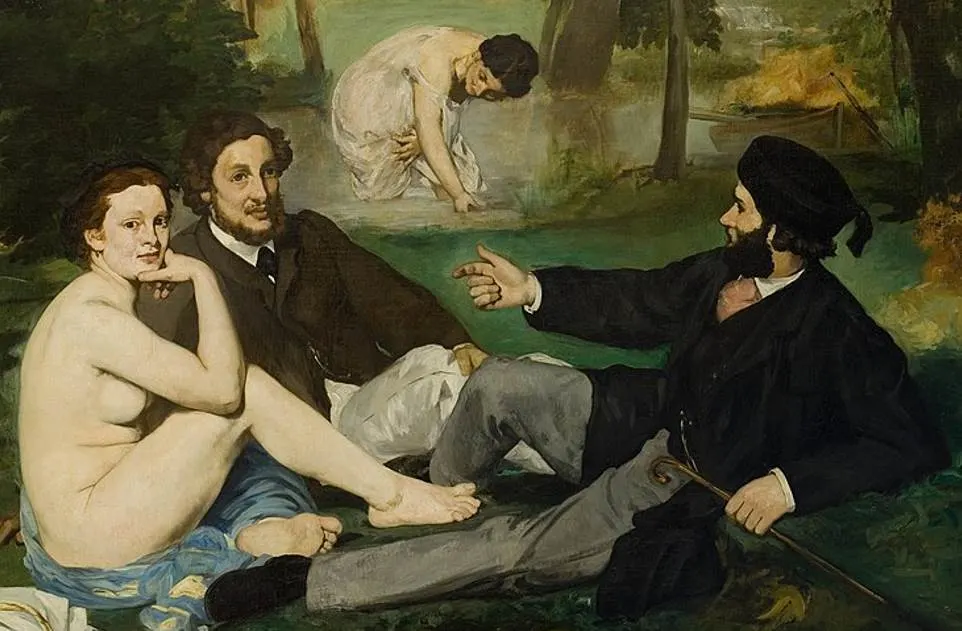
4. Manet was probably inspired by similar Renaissance paintings
We can only speculate as to where Manet got the idea to produce this work.
It is a fact that he often visited the collection of the Louvre and copied works by the Old Masters during his academic training in the 1850s.
Some works that have been suggested to have inspired the artist are an engraving called “Judgement of Paris” which was originally designed by Raphael.
Another suggested work is “The Tempest” (1508), a mysterious Renaissance painting by Giorgione that is part of the collection of the Gallerie dell’Accademia in Venice.
The most striking resemblance to Manet’s painting can be found in a painting by Titian called “The Pastoral Concert” (1510).
The painting by the Renaissance master (which was possibly started by Giorgione) is in the Louvre and features a naked woman accompanied by two men while another takes a bath.

5. It was rejected for the Paris Salon but displayed at another exhibition
Édouard Manet spent the first years of his career painting common people, including beggars and gypsies.
He had two paintings accepted for the Paris Salon of 1861, including a portrait of his ailing father and mother and a work called “The Spanish Singer.”
He also submitted “Le Bain” for the Paris Salon of 1863 but it was pertinently refused by the jury due to a large number of reasons.
Some of the reasons that stuck out were the content itself and the fact that he used very loose brushstrokes in some areas, making the painting appear to be unfinished.
After the refusal, Manet decided to submit it to the 1863 Salon des Refusés. Thie event was held at the Palais de l’Industrie, a building constructed for the Paris World Fair in 1855 and which was demolished to make way for the Grand Palais in 1897.
The painting was received with very mixed reviews at this exhibition which was intended to display works that had been rejected for the Paris Salon.
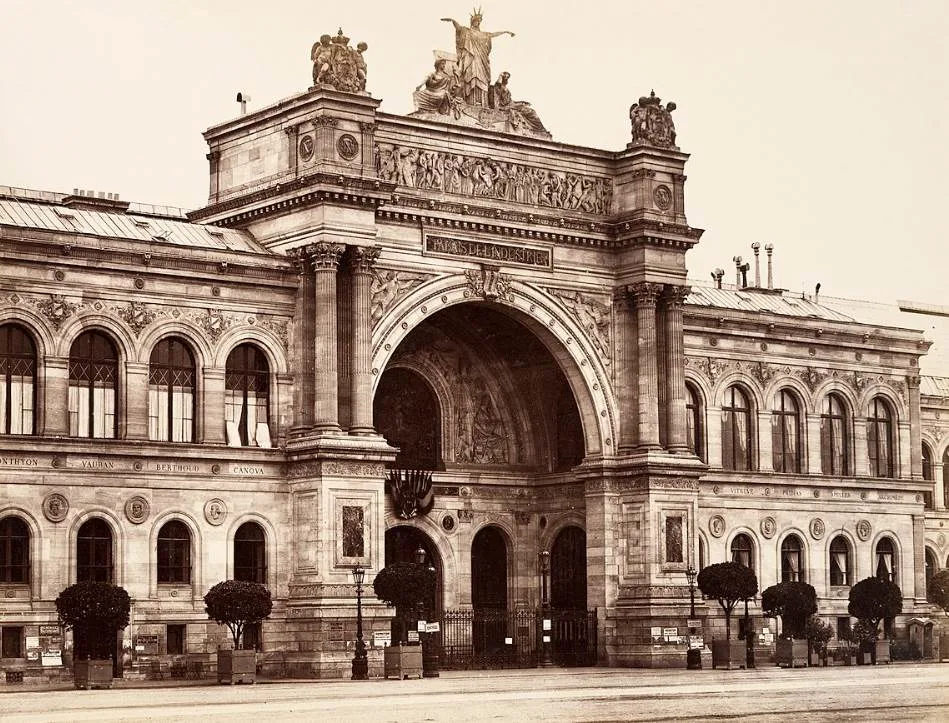
6. There is a smaller version of this subject that is on display in London
There are no preparatory sketches or drawings for the main work, but there is a smaller version with the same subject matter.
This painting features distinctively brighter colors and has dimensions of 89.5 x 116.5 centimeters (35.2 x 45.8 inches).
The smaller version is part of the collection of the Courtauld Institute of Art and can be admired at the institute’s art gallery at Somerset House in London.
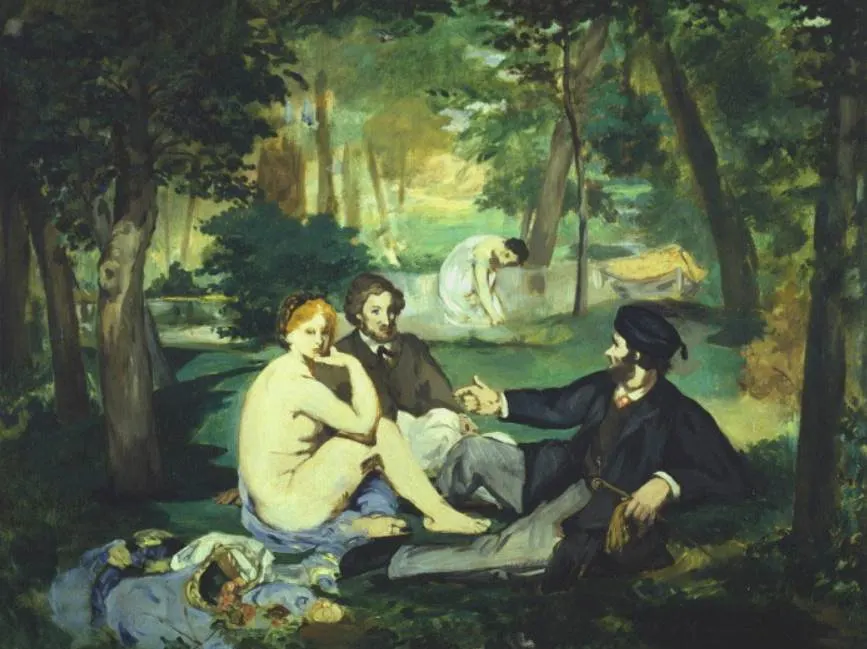
7. Claude Monet painted a work with the same title a couple of years later
Art critics weren’t the only people who took notice of the remarkable work of art produced by Édouard Manet in 1863. Some of his colleagues showed great interest in the subject matter.
Claude Monet (1840-1926) is considered to be the founding father of Impressionism, mainly because his painting titled “Impression, Sunrise” (1874) coined the name of the art movement.
Monet’s painting titled Le Déjeuner sur l’herbe (1865-1866) remained unfinished but was influenced by Manet’s controversial work. It features Gustave Courbet who is depicted as the man sitting down on the left.
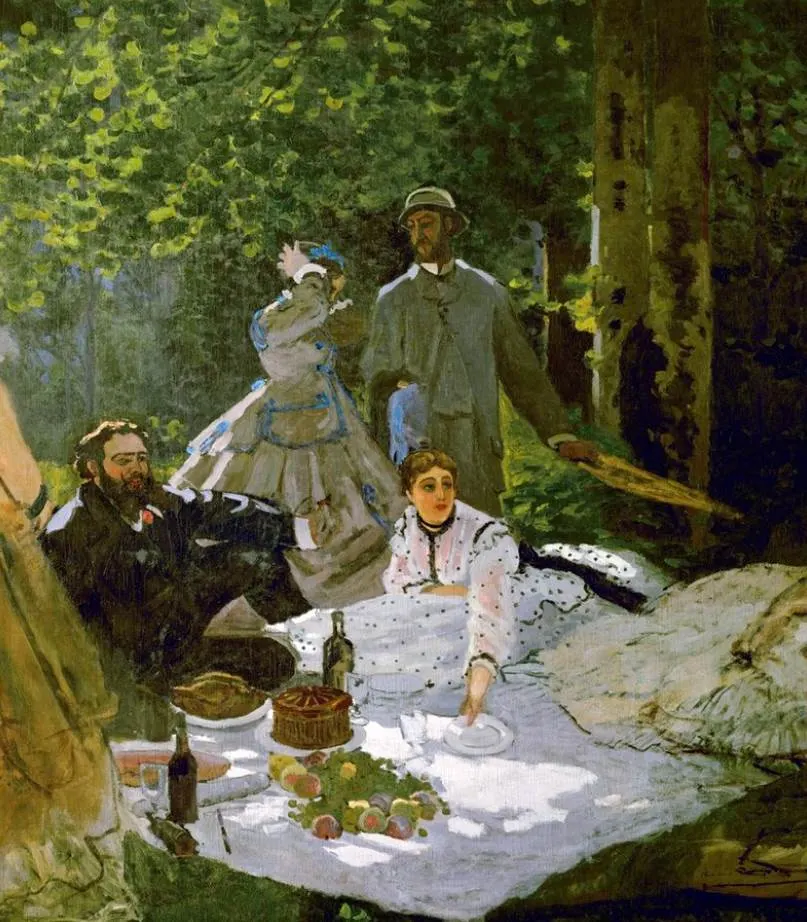
8. Manet only managed to sell the painting for a small fee in the late 1870s
The painting is considered to be one of the greatest masterpieces of the 19th century today, but this wasn’t the case when it was completed in the 1860s.
The controversy and notoriety it caused at the Salon des Refusés scared potential buyers away. Manet didn’t manage to sell it until the year 1878, just 5 years before he passed away.
Mant once claimed in 1871 that it was valued at 25,000 Francs, but he only managed to sell it for 2,600 Francs to French art collector Jean-Baptiste Faure.

9. How big is The Luncheon on the Grass by Édouard Manet?
The first version of the painting at the Courtauld Art Gallery is significantly smaller than the main one.
The choice to use such a huge canvas for an ordinary scene was uncommon at the time as these were usually reserved for historical and mythological subjects.
The Luncheon on the Grass by Édouard Manet is an oil on canvas painting that has dimensions of 208 × 264.5 centimeters (81.9 × 104.1 inches).
10. Where is the painting located today?
The painting switched hands a couple of times as it was owned by art collectors Jean-Baptiste Faure (1878-1898), Durand-Ruel (1898-1900), and Etienne Moreau-Nélaton (1900-1906).
The final owner bequeathed the painting to the French state in 1906 and it entered the collection of the Louvre where it was put on display in a wing known as the Musée des Arts Décoratifs.
It was finally moved to its current location and became part of the collection of the Musée d’Orsay in Paris in 1986.
